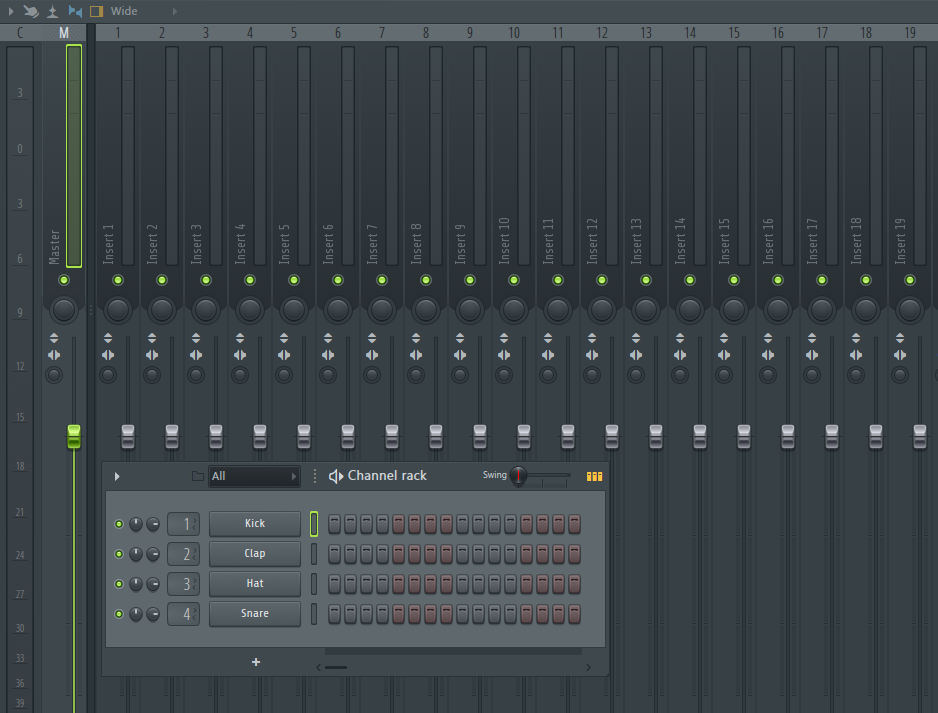


The amount and degree of reverb you apply-as well as which sounds you apply it to-can have a big impact on the quality of your mix, so the choices you make can be critical. In contrast, “dry” sounds with little or no reverb appear to come from directly in front of the listener. The more ‘verb you apply to a sound-that is, the “wetter” you make it-the further back it appears. It gives the listener a sense of front to back, adding a “near-far” dimension to the left-right stereo plane. Reverb adds space-that is, ambience-to a sound. In fact, “reverb” is just a generic term for any dense series of tightly spaced echoes, whether they are naturally occurring (as in any acoustic space) or artificially created (as in a plate or spring specially designed to vibrate sympathetically with incoming signal). Some new mixers are surprised to learn that there are actually several different types of reverb. In this article, we’ll take a look at six vital pointers for working with reverb in your mix. Does your mix suffer from a lack of definition? Is it too flat and upfront, or has so much depth that it's an indistinct wash of sound? If so, chances are you’re misusing or overusing reverb.


 0 kommentar(er)
0 kommentar(er)
